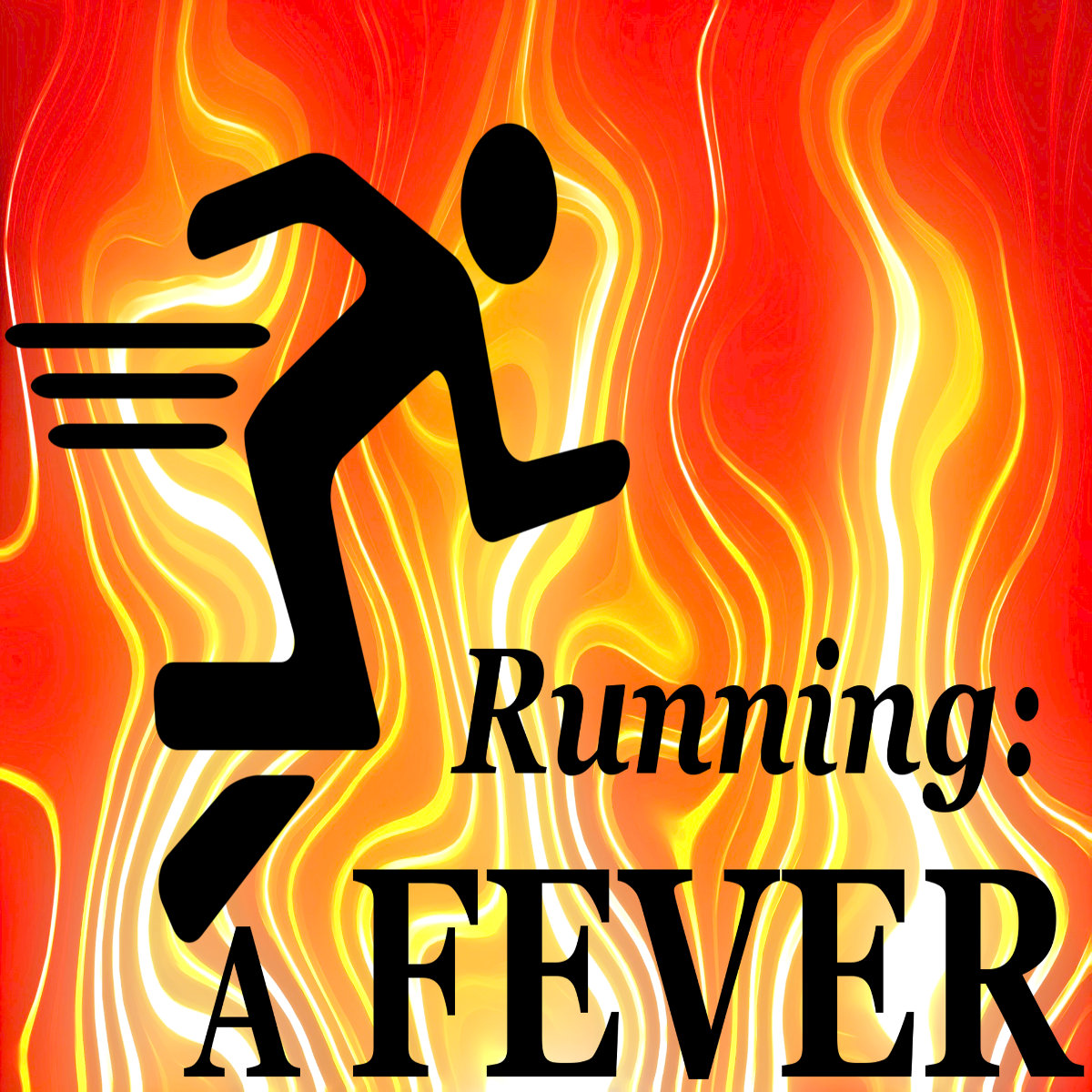Welcome to Running: A FEVER. My name is Michael Davis, and this is a podcast about fitness, diet, and medicine. My goal is to live a long, healthy, happy, active life right up to the very end. And I’m going to do it by loving my life enough to make it last as long as possible.
We’ve reached the sixth installment of this series about healthy and unhealthy teeth. Our focus is not on the brushing, flossing, and avoiding sweets that you’ve heard about all your life. It’s about finding the causes of tooth decay. With this knowledge, we can better understand how to move forward and improve the state of our teeth.
Last episode we talked about genetics: how something completely out of our control has an impact on what goes on in our mouths. The genes responsible for tooth development, saliva production, and taste, and other aspects are known. They makes our teeth unique, and we can determine the origins of some causes of tooth decay through knowledge about our own DNA.
This time we’re going to focus a little more on pH, the measure of the balance between acid and alkaline states, particularly in the environment of the mouth.
pH can be defined as “a measurement that tells how many hydrogen ions are in a solution (liquid mixture). It ranges from 1 to 14 and allows us to understand if a solution is acidic or alkaline. pH measurements of 7 are neutral.”
A person’s pH varies throughout the day and can be affected by what we eat and drink, as well as how often we eat and drink anything other than tap water, which is pH neutral.
Maintaining a healthy pH of 7 or more can reduce the amount of bad bacteria (the kind that erodes enamel and causes tooth decay) in your mouth, which can also prevent serious disease.
As I have said before, your bacteria eat what you eat. When it eats, it excretes acids as waste products, dropping the pH in your mouth and making it acidic. Dental scientists call this the Stephan response. In a short period, the pH reaches its low point, but it can take an hour to return to normal after eating. If you eat again during that period, the whole process starts again.
The problem with a low pH in the mouth is that the acid now running around in your saliva starts to eat away at the enamel of your teeth, making it weak and an easy target for cavities to form. If there is enough time to recover, your saliva will come to the rescue and replace the minerals in your teeth and enamel. A tooth, after all, is just a special kind of bone, and bones are made of minerals.
The “bad bacteria” I refer to don’t do well in basic (alkaline) conditions. But when your bacteria start producing acid as a waste product of all of the food consumption, the bacteria that thrive on acid start to grow and multiply. And since they love acid, they make as much as they can to try and maintain the acidic status quo. But these bacteria are bad because they are associated with tooth decay, also called caries disease.
Food and drink aren’t the only things that can change your pH. Even oral care products can affect the balance, and not always for the better. A high acid content increases the shelf life of products because it reduces the amount and types of bacteria in the solution. Also, sports drinks and flavored water have a pH of about three. Juices are acidic as well. And if any of these drinks contain sugar, this exacerbates the problem.
The bottom line is that pH has a huge effect on dental disease and your biofilm.
What can you do about a low pH? Well, this and other problems require action, and that’s what the next three episodes are about: action. So be sure to keep listening to improve your dental health by taking steps to fight off all these problems we’ve been discussing.
I hope you’ve enjoyed this episode. And remember, if you have the fever already, keep on keepin’ it burning. And if you don’t, catch the fever, and I will see you next time on Running: A FEVER.
Reference:
Kutsch, V. Kim. Why Me? The unfair reason you get cavities and what to do about it. Anacortes, Washington: Soapbox Publishing, 2020.
